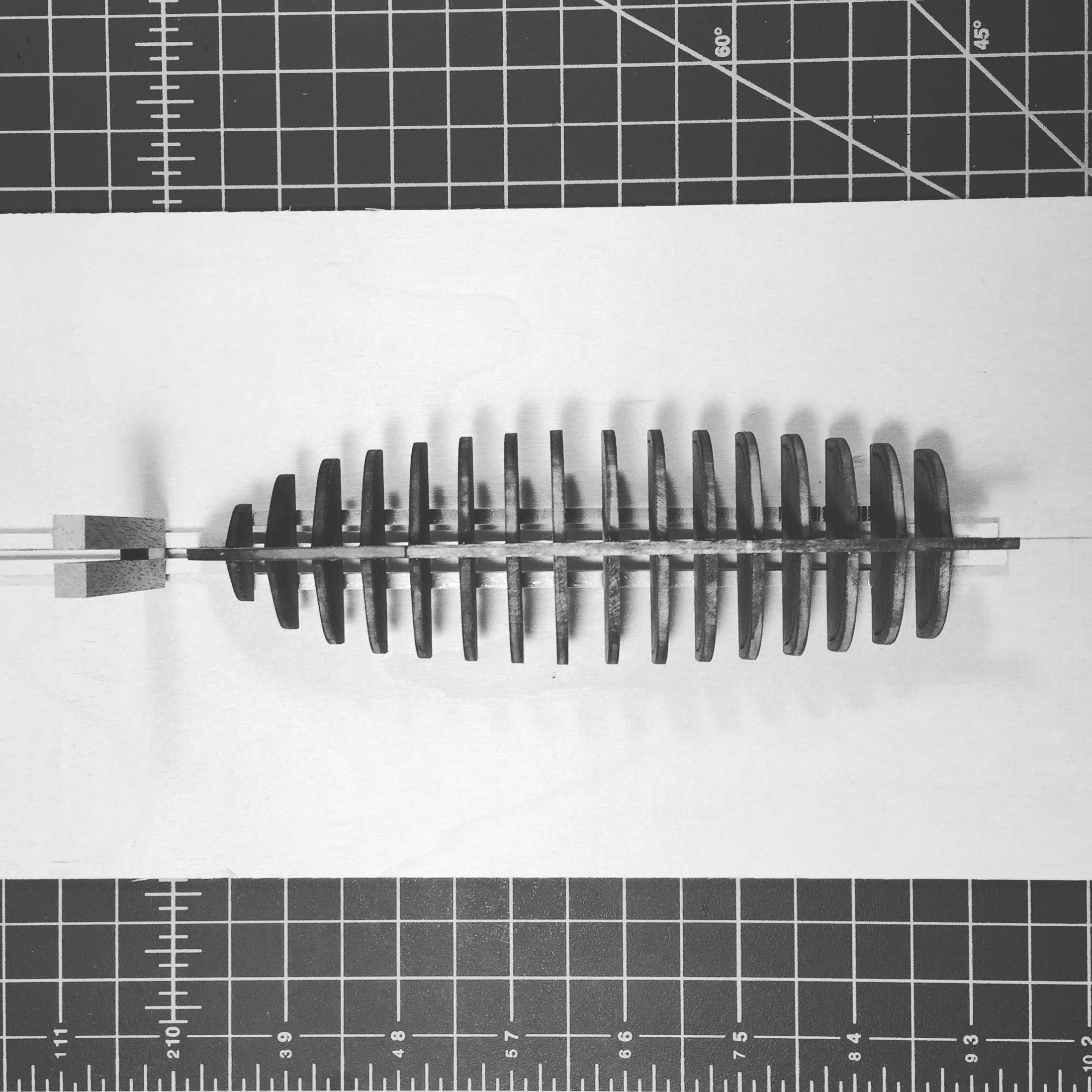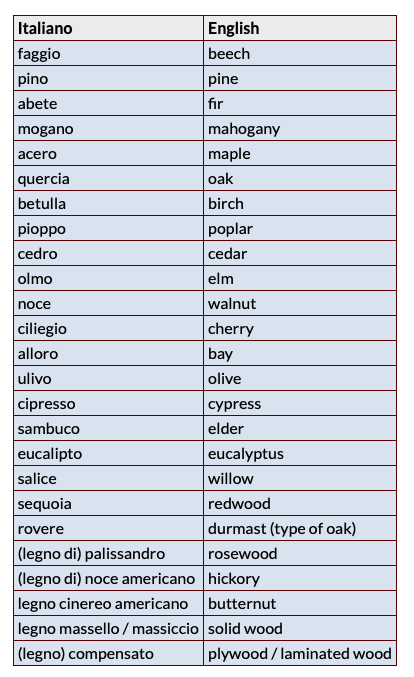-
Posts
991 -
Joined
Content Type
Profiles
Forums
Gallery
Events
Posts posted by Justin P.
-
-
Can someone please comment on how you typically dispose of the blackening solution and the spares once your done? Ive used it (Jax specifically) several times and have been reluctant to send it down the drain. Ive mostly just used it sparingly and then soaked it up into used shop towels and then hang outside to evaporate. How is the Sparex disposed of? How are you cleaning the crock pot for storage?
- thibaultron, BobG, Canute and 1 other
-
 4
4
-
-
-

James Cook:
The Story Behind the Man Who Mapped the World
by Peter Fitzsimons
Hatchett Australia, 2019
ISBN: 073364127X
528 Pages
Review
Ive probably read 4 or 5 Cook biographies over the years, and with 2020 marking 250 years since his first voyage on Endeavor, I thought "why not take in one more." Ive been a fan of Fitzsimons work for some time, and thoroughly enjoyed his treatments of other maritime and Australian histories. HIs style is often well researched, though presented in such a way that makes for light reading and immersive and enjoyable stories. I also find his subtle yet poignant contrasts to modern world issues and their connection to the histories he is exploring to be timely and spot on. He can also be quite funny in a quiet, dignified sort of way.
In this new biography, Cooks story is told from much more equal footing to that of the men he sailed with. A unique and interesting figure for sure, but also just another person dealing with the pressures and social structures of the time. The title of the book is misleading as the author (one of the first Ive read) acknowledges that Cook wasn't the first to map the world, but someone who also mapped the world. Any fan of the golden age of discovery will now just how much Cook relied on his Portuguese and Dutch predecessors, and frankly just how much LUCK may have been a part of his legacy.
The book also explores Cook's shipmate and benefactor, Joseph Banks. The author gives near equal treatment to his background without too much of the bias that is so often found in Cook stories. While likely a bit of a pompous, classist and elitist aristocrat, he was also a genuinely interested and ambitious man of science, who shed many of the trappings of his background to pursue something greater. Though he is often portrayed as an antagonist to Cook, Fitzsimons places him with more care and gives credit the vast impact the man had on science AND the first voyage.
The story overall only covers the first voyage in detail, and is as much a history of Endeavor as it is a story of Cook. With both the ship and mans later life covered in a brief summary chapters at the end. However the focus on this one voyage is what I think makes it all the more unique, especially when paired with the many anecdotes and contemporary correspondence of those people involved or peripherally involved in his life, the voyage or the aftermath. Particularly enjoyable were those parts that told of Lord Sandwich.
Finally, the author attempts to acknowledge and comment on the larger historical impact of Cooks voyage and the fallout of his interactions with populations of Natives across the South Pacific. Perhaps as historians are starting to reevaluate the man and his legacy, Fitzsmons here tries to weigh in on a subject that, as an Australian, he is uniquely positioned to do. Im not in a position to say wether he is right or wrong in his comments, but I did appreciate his near irrefutable proof that at some point in the mans life, Cook did feel that European contact with native populations would enivatably lead to forced assimilation and the obliteration of their culture. Something he, at the time, deeply regretted. While his actions in later life don't necessarily show a continued sensitivity to these issues, it is helpful to have the available primary sources and a focused commentary, that give some balance in our evolving judgement of him.
All in all, I really enjoyed this book and was sorry it didn't continue on with the same detail to treat the second the third voyages. That book would have been too immense to hold comfortably but Fitzsimons style would have kept me plodding along to the end, even if it took a year to get there.
-
Bob, I found a few copies on Amazon for around $12. Thanks for the recommendation, my copy is on its way.
- mtaylor, BETAQDAVE, thibaultron and 1 other
-
 4
4
-
-
4 hours ago, Bob Cleek said:
From my reading and first hand experience, shellac is a very effective moisture barrier. I've never heard of, nor seen it "wick moisture." One of its major uses at one time was as spark-proof electrical insulation. It wouldn't be much of an electrical insulating material if it soaked up moisture. Reports are the "wicking moisture" thing was a marketing scam perpetrated by the "wipe on" finish industry. See: http://www.woodworkstuff.net/shellac2.html
We might be getting our wires crossed, Im not saying its bad. Just that in the context of coating rigging I probably wouldnt do it. All my available literature on the qualities of Shellac as a sealant and finish show it be an unreliable moisture barrier or sealant (from a purely conservation perspective). One quick quote: "Shellac, a soft coating, is highly susceptible to water damage, best known for the white rings left by drinking glasses." This would be the moisture wicking quality Im speaking of, it will absorb moisture from the air and degrade over time as well as it will absorb moisture it is in contact with. 9/10 scenarios its perfectly fine and does the job well, but for its application on cotton rigging - meh.
In order to get a truly protective finish, you'd have to apply two or three good coats and to me the scale and detail of models just don't support that. While it can resist the occasional splash or spill, its long-term ability to protect diminishes with age. With so many other alternatives out there, Im simply saying that it wouldn't be my first choice.
Thats an interesting point about the electrical though. Makes me wonder if it was used as moisture barrier or as an electrical insulator.
-
2 hours ago, BobG said:
How do you prefer to knock down the sheen on the shellac when necessary? Do any of the shellac come in a matte finish to begin with?
One way to knock down that sheen is to not use Shellac at all, but that's another conversation. Nothing wrong with it, but if you don't like the finish try something else.
-
1 hour ago, BobG said:
My wife is a talented pastel artist and she sprays her pastels with an artist fixative to help preserve them. Pastels are delicate because they tend to "shed" easily and, even after using the artist fixative, they have to be handled gently. I've used her fixative to spray the paper friezes before I glued them onto my Medway Longboat as Chuck recommends.
A similar spray-on fixative used in creating didactic materials, labels, etc, similar to how you describe with the Medway is this. It has a good reputation, with derivatives and other solutions used for various conservation applications. For those friezes it is perfect, I won't comment on its use in pastels or other artwork.
-
16 minutes ago, wefalck said:
Apropos threaders - we had this discussion recently somewhere else, but I would like to re-iterate my main observation: if you can use a needle threader on blocks, the holes in the blocks are too big. The width of the sheaves is only a fraction wider than the rope for which it is meant, otherwise the rope would jam. So threaders are not really useful at least for blocks.
I recommend you check out the threaders I linked above. They are by-far the thinnest Ive ever seen and sewing is a big part of my life. I would say (without the benefit of measuring them) that they are no more than .5mm in diameter.
-
1 hour ago, Bob Cleek said:
I've become more aware of these facts in recent times. The destructive effects of acids in the stagnant atmosphere of ship model cases are well-documented. I've decided to avoid them as much as possible. Perhaps it's time to return to the use of hide glue for model assembly applications?
I would recommend anyone who is concerned get in the practice of monitoring the temp and RH of their cases. A tiny obscure one can be found at https://www.universityproducts.com/mini-digital-humidity-and-temperature-meter.html
Maintaining somewhere between 50-55% RH and 70F would be a good target.
-
Ill just add one more thought about the use of Shellac. I would tend to want to reserve Shellac for the wood finishes and rely on something else for the rigging. The wholesale "spraying" of a completed model with a single concentration of Shellac just trips an alarm for me. Shellac is not a barrier, and really is more a finish then a protectant. IN fact its tendency to wick moisture (a main catalyst in acid degradation) is greater then that of wood itself. Similarly, best practice would be to tailor the finish/protectant to the materials. As a complex structure of mixed materials, I would probably take a different course of action. That said, I am in no way saying that the practice as described above is wrong, just that my training gives me anxiety when I think about it. This is where the advice and training of a real artifact/ship model conservator is more appropriate.
-
25 minutes ago, BobG said:
Thanks, Justin. I just watched a youtube video that showed how these wide-eyed needles. I was trying to make some splices like Ed uses on some Syren rope using some sewing needles that my wife had in her sewing box. I couldn't get the tip of the rope through the eye. These wide-eyed needles would certainly simplify that task but the needle itself looks to be quite wide in the video I watched. Have you found that you can pass these needles through small ropes like Ed does when he makes a splice? Do you have different sizes for the different tasks?
Are you using the "Klucel-G" at full strength or diluting it with the Ethanol solution?
The needles I use will do what you describe and are the same width from one end to the other, and that width is very, very small. This is the needle I found one day wandering around behind my wife in a Jo-Ann Fabric store: https://www.joann.com/beading-needle/7701063.html?utm_source=google&utm_medium=cpc&source=TIS-S&WT.srch=1&gclid=CjwKCAiA44LzBRB-EiwA-jJipJJFZG4jigSkz3qbSi2nywOavKfnG1xPpQmfVxXf8UcECm1lLQ0skBoCnnkQAvD_BwE
They are very thin, and are more like two extremely thin wires soldered at each end. They are flexible, so you pull the two apart, slip in your thread and it pinches down and holds it. They work wonderfully, and Ive only needed the one size for all applications. To look at them, you would think it is a single piece of wire with no eye.
As for the Klucel-G, yes it is a solution. So 2% would be 2 grams of powder to 100ml of Ethanol, etc.
-
52 minutes ago, Bob Cleek said:
I've become more aware of these facts in recent times. The destructive effects of acids in the stagnant atmosphere of ship model cases are well-documented. I've decided to avoid them as much as possible. Perhaps it's time to return to the use of hide glue for model assembly applications?
Justin, what do the professional restorers and conservators consider the best archival adhesives for ship modeling applications?
I don't think we need to return to hide glue. PVA for use in model construction is fine in most cases. I was referring to it within the context of its use consolidating rigging, or when folks take a diluted concentration of PVA and coat entire lengths of their rigging to "strengthen" or provide a "protective" layer. In the short term is does both of these things, it is the long term where there is concern.
In terms of what conservators use for ship modeling applications, it wouldn't be for me to say. My specialty is with books and paper, and as such much of my expertise does overlap with only elements of ship modeling practice (i.e rigging, sails), basically elements that are derived from cellulosic materials (cotton, linen). Object conservator, wooden artifact conservators and even furniture restorers would have more applicable knowledge when considering the wood aspect of the ship model. There are a couple boniifed ship model conservators in the forum who might weigh in.
-
I think for the purposes of feeding rigging through tiny holes, nothing beats a good large eye needle. I found these amazing beading needles that are unlike any I've ever seen before. More like elongated hoops made from very fine wire. At first glance, they appear to have no hole at all but with closer inspection they are actually one giant hole collapsed onto themselves with a point at each end. Extremely versatile, and useful with the smallest of diameter holes.
For consolidation of lines, truthfully nothing beats wax. As a conservator, we take surface coatings and consolidating materials quite seriously. PVA in whatever dilution would and is absolutely avoided in every occasion. Accelerated aging tests have proven that it will become intolerably acidic over time and almost always discolors. For the purposes of coating lines (consolidating) where wax is otherwise difficult to pull off or is unseemly I have been experimenting with a 2-5% solution of Hydroxypropyl Cellulose in Ethanol. This material is sold under the name "Klucel-G," and is pretty widely used in cultural heritage conservation for similar purposes to that in ship model construction. Most cellulose derivatives will provide similar characteristics to PVA without the shine or the aging problems, and when mixed in a solvent-base form will dry rapidly without a tacky feel.
EDITED: I wanted to add too that CA glue would be at the very bottom of the list (actually not even on the list at all), particularly when used as an adhesive for organic cellulosic materials like cotton, wood, linen etc. Its use in ship modeling (though highly convenient in the short term) is not the greatest choice for the longevity of your models.
For some interesting reading, check out this Wiki on adhesives. This list comprises most if not all adhesives used on objects/artifacts derived from cellulosic materials (paper/wood). Ship models are very similar in make when considering sails and rigging.
-
-
-
Inspiring. Thanks for sharing this project with us. Congrats.
- Canute, Stuntflyer and mtaylor
-
 3
3
-
-
Nice work, looking forward to watching along. I love the mysterious and notorious vessels of the Franklin Expedition.
-
20 hours ago, VTHokiEE said:
after I wrote the below it seemed confusing when I re-read it, but hopefully it makes some sense.
When you go to actually send a payment there are two options. The payment is either send for the purchase of goods/services or sending money as a gift. A goods/service payment costs the recipient of the funds ~3%, but it protects the purchase to a certain extent. A gift payment costs the sender ~3% but there is no protection on the payment (it’s a gift with no expectations). There is sometimes a desire for a seller to save that 3%, but in my opinion it makes the seller look risky (and simply add the 3% into your price if you care).
From my experience, unless it’s going to Alaska/Hawaii or is very large/heavy the price doesn’t really fluctuate with the continental US. You could pick a zip code on the other side of the country and use it as a ballpark that should be close enough (or try several and see if it varies).
This is extremely good advice. One of the most common scams has to do with PayPal and the Gift transaction. In order to protect yourself completely (in the eyes of PayPal) you must send and require a signature for delivery AND pay the fee.
- mtdoramike, mtaylor and BobG
-
 3
3
-
I personally would go with the satin poly.
-
-
Mine has been on backorder from Hobbyworld USA for my upcoming Syren build, and last week was told it would only be a week or so before they received their new shipment from Poland and mine would be sent out. Perhaps look to them? They have been responsive and seem on top of it.
http://www.hobbyworld-usa.com/Store/index.php
UPDATE: As of today they have these in stock.




Bandsaw
in Modeling tools and Workshop Equipment
Posted
I’ve been in the market for a new bandsaw myself and can’t decide to go with the 10” WEN or the 9”. They both have many great reviews.